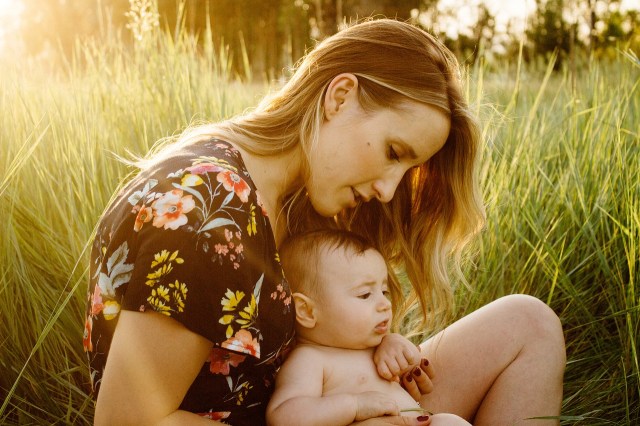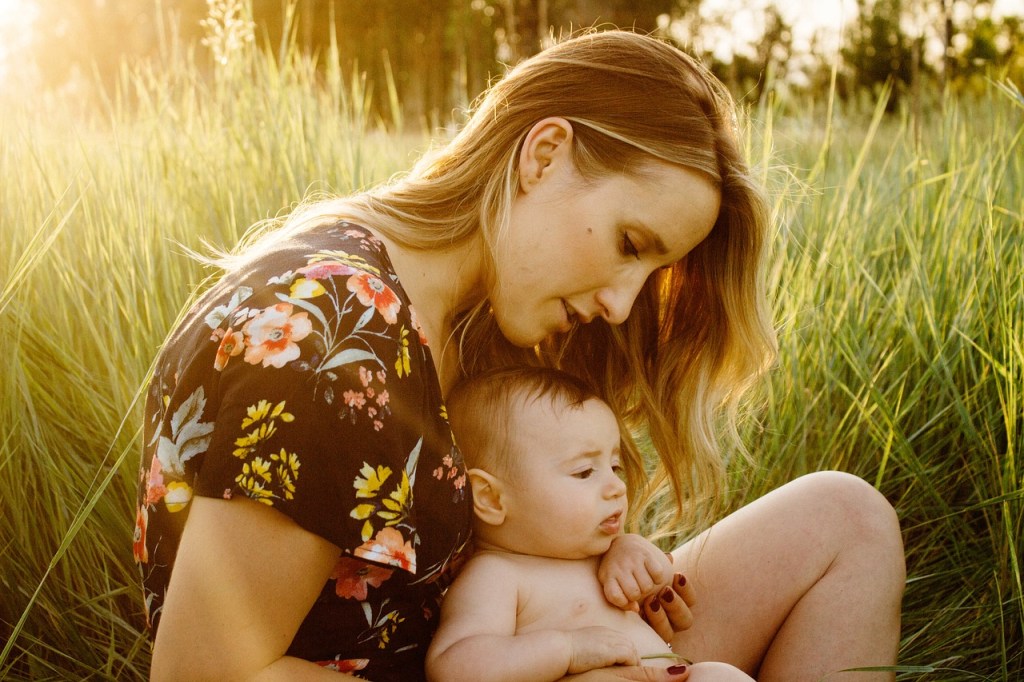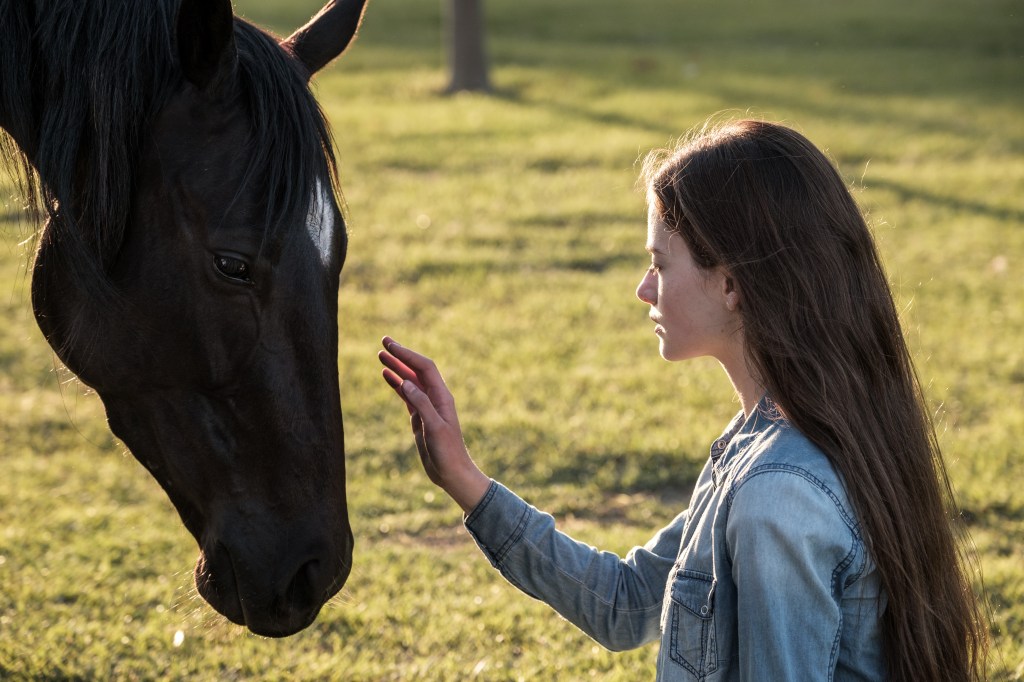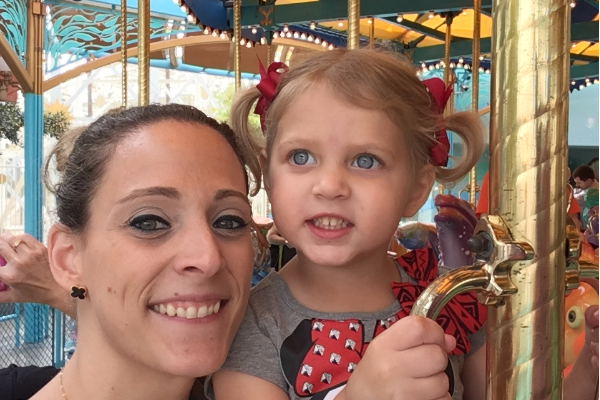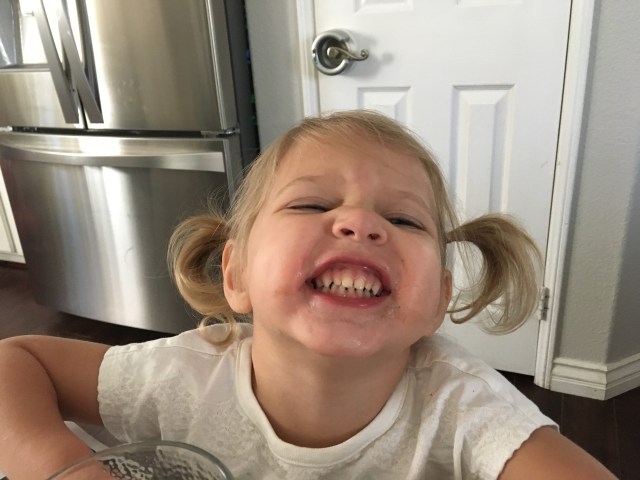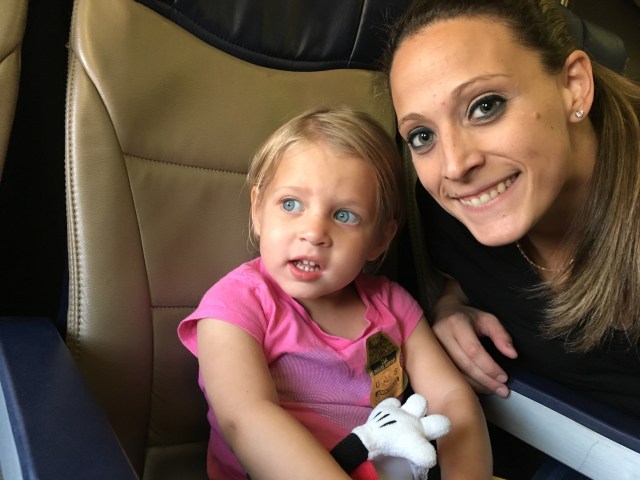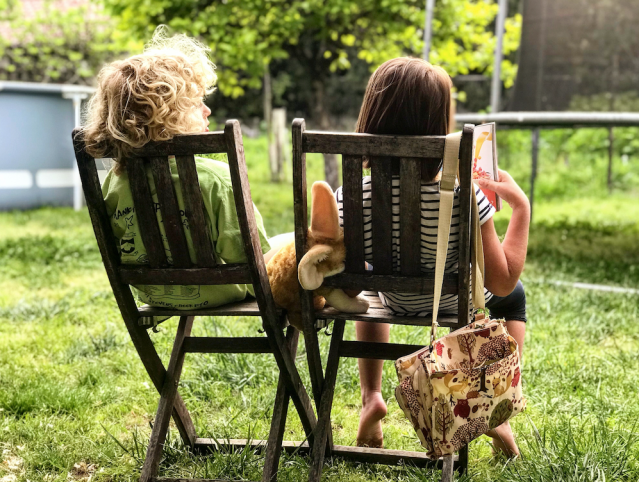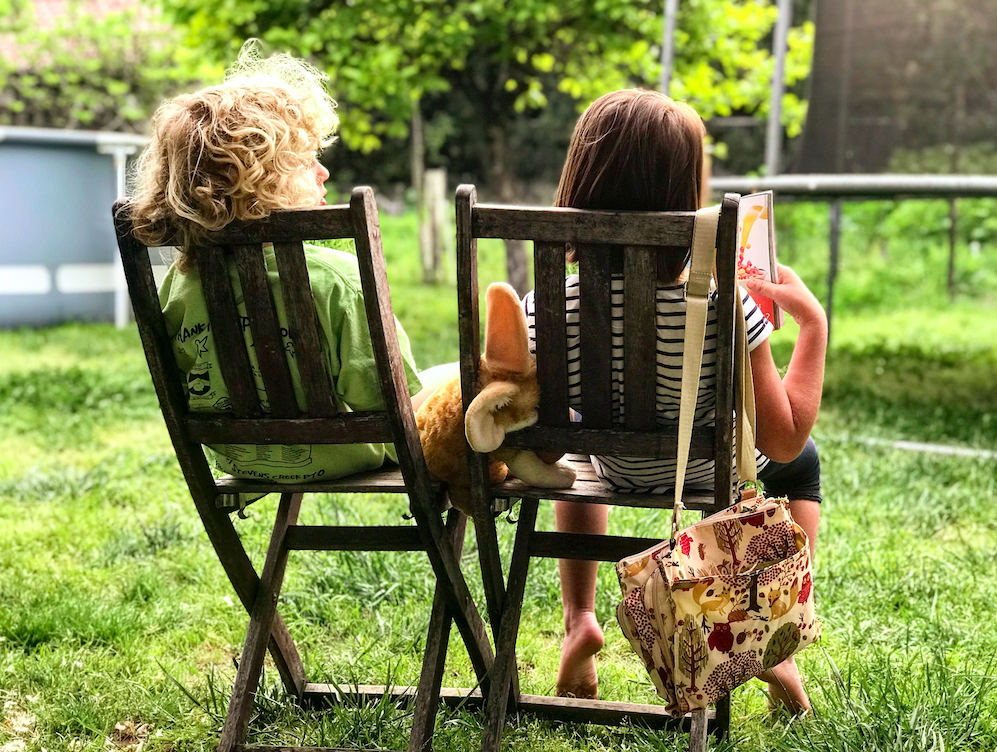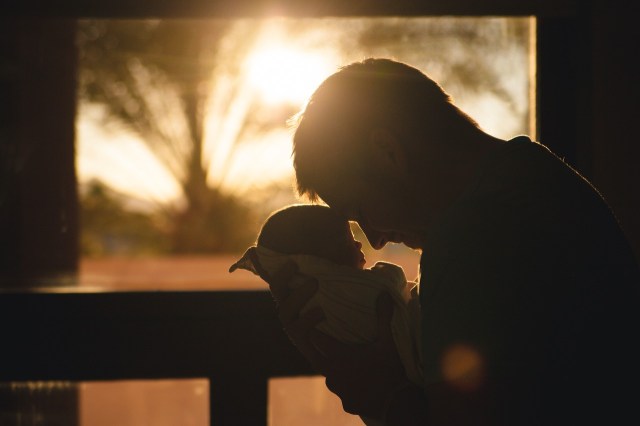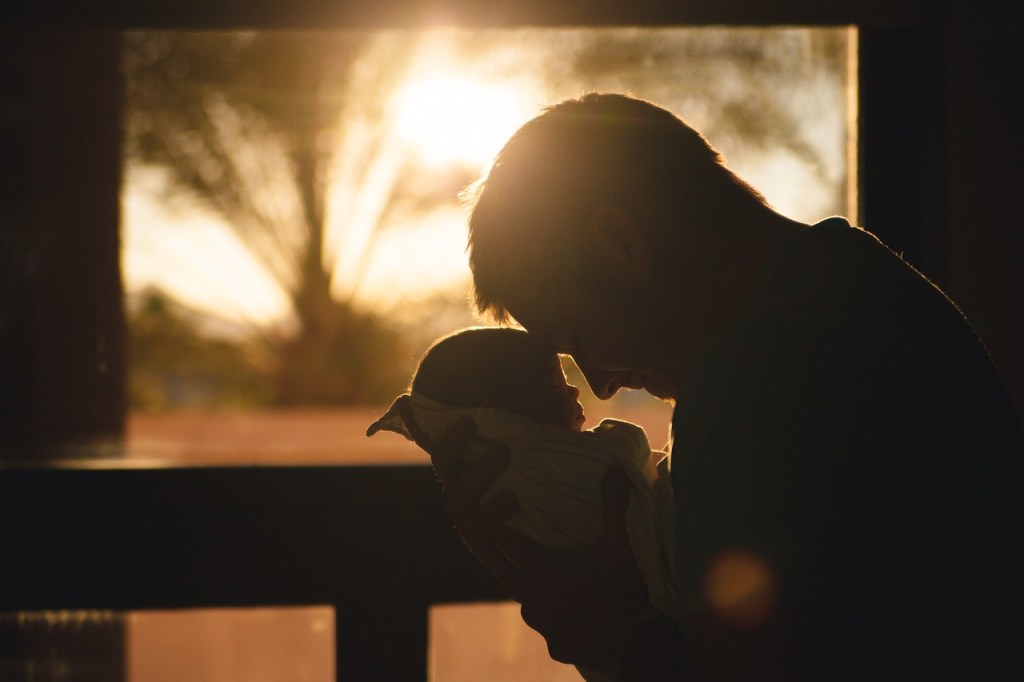
Ok. it’s 2019. I get (well not really) that people feel like their fetus needs to have its own Snapchat. But can we please take a minute to talk about this. I have a 13 year old, and I think he is literally the only kid in his 7th grade class who does not have a Social Media account. I’m not joking. Has he asked for one (or two)? Yep. But we’re still holding out. And here’s why.
1. It’s A Big Time-Suck
I‘m not going to even tell you how many hours I spend a day on Instagram. Although it’s probably just as long as you do. We’ve all been there. We have a few minutes so we open the app, just to get caught up on all of the important things Kendall Jenner is up to. Next thing we know, an hour has gone by, the laundry is still sitting in the dryer waiting to be folded, and your dog is staring at you in a judgemental way.
Now imagine how hard it would be to manage that as a 13 year old. My kid can barely manage his time as it is. His room is a mess, he forgets about important homework assignments, he has school projects to work on, guitar to practice, and swim team to get to. I can’t imagine how much harder it would be for him if he had the lure of Snapchat right at his fingertips.
Besides, he’s already on his phone too much- texting, watching YouTube or streaming “The Office.” Common Sense Media reports that teenagers spend an average of 9 hours a day on their phones, and prefer texting to talking in-person. Think about that.
2. What My Kid Doesn’t Know Won’t Hurt Him
My son is a super happy person. He’s involved in tons of school activities, plays the guitar and swims on a competitive swim team. He has a great group of friends with whom he texts (constantly) and hangs out with on the weekend.
But guess what? There are a lot of parties he hasn’t been invited to. Plans have been made without him. People who are hanging out on Saturday nights who decided to to include him.
Does he know about these things? Maybe, maybe not.
But, if he had Instagram or Snapchat he would see the parties, hangouts, and walks into town happening right as they were occuring. I’m not saying he should live in a bubble and think he’s included all the time- but seriously, has any 13 year old ever felt that way, ever? We live in a weird culture where there’s now a hashtag to encompass the feeling of missing out on things, and I don’t want my kid feeling that anymore than he needs to.
3. It Makes It Harder To Connect
Remember when you were in 7th grade? If you wanted to talk to your friend on the phone, you called her house and most likely an adult answered the phone, which required you to have a conversation. Today, my son rarely has to talk to his friends’ parents because they make plans via text.
It used to be that if you wanted to watch TV, you had to do it in the family room with everyone else, and guess what? You had to compromise with your siblings when deciding what to watch. But now, my kid streams Netflix on his phone while his younger siblings watch something different on TV.
It takes real effort for families to stay connected. I go through my son’s texts and I’m constantly reminding him that only watching “The Office” with his headphones on is unnecessary since we can watch it as a family.
Retreating to Instagram or SnapChat would make it even more challenging for us to stay connected.
One of the ways our family likes to reset and connect is by going on long weekend trips throughout the school year. I can only imagine how different our time in Disney or our recent trip to Memphis would have been if he had felt the need to constantly post about what we were doing, or check in on what was going on on Social Media.
Speaking of disconnected, during our Southwest roadtrip last Summer, we saw a number of teens consumed by their phones in majestic locations like the Grand Canyon, Monument Valley, and even while hiking the Narrows in Zion National Park!
4. Serious Mental Health Risks
It’s no secret that suicide rates are on the rise. According to the National Institute of Mental Health, Suicide is the second leading cause of death, after accidental injury, among people ages 10-34. Between 2001-2017, incidents of Suicide increased by 31% Of course, not every kid who is on Social Media is going to have suicidal thoughts. But there is clear evidence that Social Media does have an adverse effect on our mental well being.
In March of 2019, NBC News reported on a study conducted by The American Psychological Association on mental health and Social Media. The study said that kids born in 1995 and later show increased signs of mental health issues. Most notably, the greatest spike in symptoms were seen in 2011, not coincidentally the same year that Instagram and Snapchat were founded.
It’s ironic that a platform based on connecting people socially is actually associated with feelings of social isolation and social anxiety. Think back on your time in Middle School. Everyone, at one point or another, felt lonely or anxious about a social situation. Now imagine adding Social Media to your adolescence. Can you imagine how that might have exacerbated your perceptions?
Bottom Line…
So, while I’ve given in and gotten my kid a phone—and trust me, he was one of the last to have one of those, too—when it comes to Social Media, I’m standing my ground. But here’s the interesting thing. After asking and asking for an Instagram (he knows SnapChat is not an option), one day he just stopped. Maybe it was because we explained that we didn’t want his self-worth to be dictated by how many likes he has. Or maybe it was because he was tired of hearing us say no, and he didn’t want to even bother anymore.
It will always be something. When I was in 7th grade I begged my parents for a TV in my room, and I didn’t understand why we couldn’t have a separate “Kids Line” like my friend Kelly did. My parents had their reasons, and that was that- no matter how unfair I thought they were.
Part of being a teenager is wanting what you can’t have and thinking your parents are unfair. Hell, if your kid doesn’t feel that way, then you’re probably doing something wrong!
But, our job as parents isn’t to give them what they want; our job is to help them navigate childhood (especially adolescence) in the best way possible.
Having a teenager in 2019 means you’re going to constantly be trying to balance when they should and shouldn’t be on their phone. However, it’s our job to make sure we’re providing them with the alternatives they need. Put the phone away and: go out to dinner, go to the movies together, watch a game on TV as a family, or take the dog for a family walk.
We only have them around for so long. Let’s make that time count.







